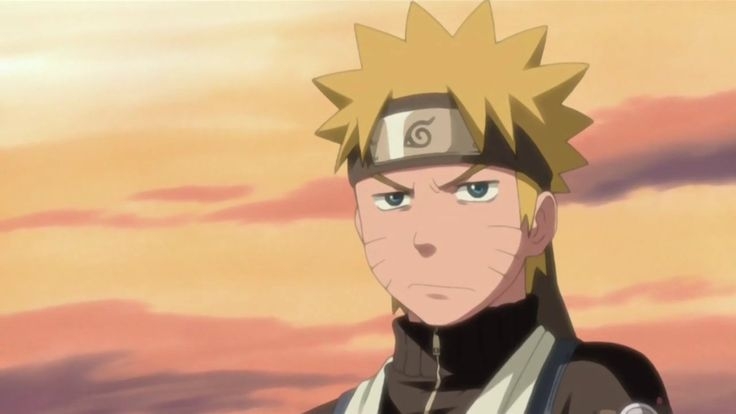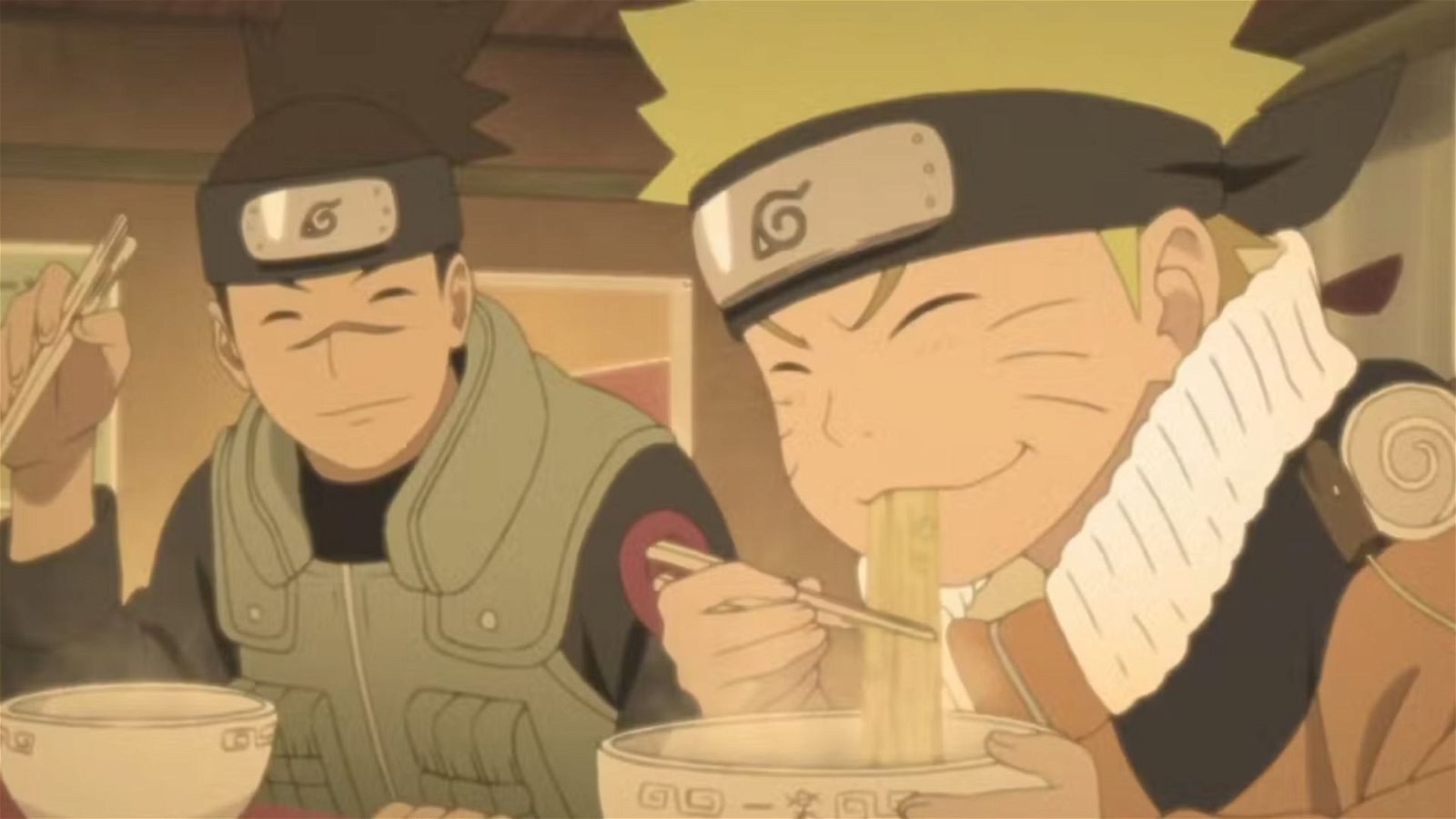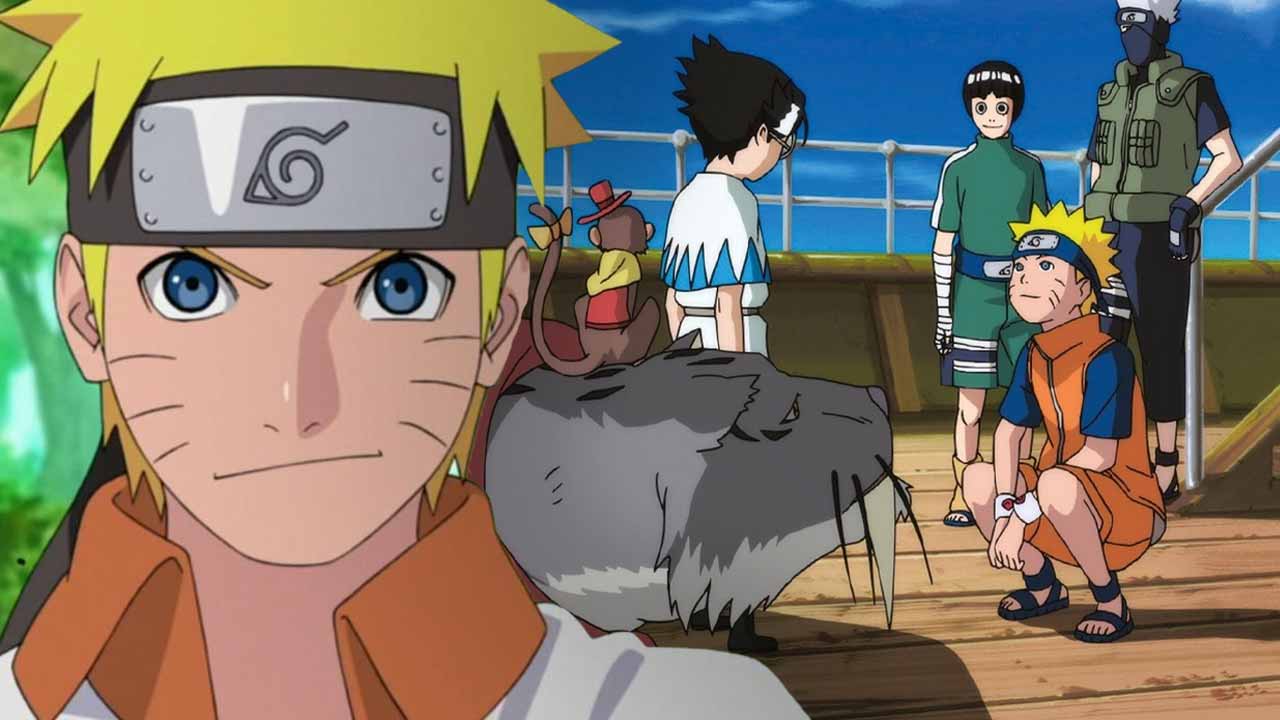Masashi Kishimoto’s Image of Naruto as a “Naughty boy” Inspired Him to Make the Character Different From Him in One Integral Way
There’s no doubt that Masashi Kishimoto is a successful mangaka. Naruto is a part of the “big three” in the anime industry and is more recognizable than One Piece or Bleach. The mangaka behind the successful anime series was born in the rural prefecture of Okayama and lives in Tokyo, where he works with several assistants.

Masashi Kishimoto’s Naruto, the story of a young boy determined to become the world’s greatest ninja, ended its run as one of the world’s bestselling manga, with 72 volumes (some of which made general bestseller lists) and more than 200 million copies in print in 35 countries. In an interview conducted via email, Kishimoto talked in detail about Naruto and what makes it so loved.
Masashi Kishimoto’s Creation Is Significantly Different From The Creator

In a 2008 interview with the Los Angeles Times, Masashi Kishimoto talked about the protagonist of Naruto and what made him so appealing to the readers. He said:
Perfect heroes are cool, but no one can really empathize or identify with them. Naruto often makes blunders, and he has weaknesses. Naruto feels inferior to his peers, but he hates to be a loser. Although he doesn’t think about it too much, he knows he hates to lose, and we all know what that feels like. I think readers see themselves in Naruto, and that’s what appeals to them: They can empathize with him and his weaknesses.
When he was younger, Kishimoto was obsessed with manga and baseball. He was also into the popular Shonen series, Dragon Ball by Akira Toriyama. While he did poorly in high school, Kishimoto won a contest for aspiring manga artists with his story Karakuri.
His next work, a manga short story about a fox spirit disguised as a human named Naruto, appeared in 1997. Two years later, a new version of Naruto debuted as a serial in the magazine, Weekly Shonen Jump and became an immediate hit.
Masashi Kishimoto then talked about Naruto’s personality as a fun-loving character who often got into trouble. He said:
The only image I had in mind was a character who was a naughty boy. I was a poor student, but unlike Naruto, I was the type of poor student who gave up easily and pondered things that weren’t worth pondering. I wanted Naruto to be different. He was created based on my self-image of my own childhood, but different from how I really was.
Indeed, despite advancing in life, Naruto remains a goofy kid by nature. He is tremendously protective of his friends and will lay down his life in line to protect them, but he is also airheaded at times. Perhaps, this contradictory nature is what draws readers to Naruto.
Masashi Kishimoto Was Inspired By Quentin Tarantino’s Movies

Besides the appeal of the protagonist, Naruto‘s success should also be owed to the art itself. The art style is distinctive and Kishimoto’s action sequences are visually striking due to his use of massed black areas and bold, clear lines. The human figures have realistic movements suggested by their stances, and they are skillfully painted and proportioned. Kishimoto explained:
I chose to draw the human figures as accurately as possible because I thought it would give a more realistic feel to the action scenes. Exaggeration can lend action scenes more force, but I like to stick to more realistic figures: They help keep the cool in the action scenes, although they may be not as forceful as the exaggerated ones.
Kishimoto organized each page as if he were a director or cinematographer, frequently contrasting extensive illustrations of a fight scene with a succession of close-ups showing a character’s evolving expression. The readers witness Naruto’s determination harden just before he fights his opponent. Kishimoto stated:
I watch a lot of movies, and I tend to be influenced by scenes that intrigue me, that make me want to use the same effects or technique. I once adopted [actor-director] Takeshi Kitano’s technique of shooting objects from a great distance to stifle the emotion in the scene. I like the way Quentin Tarantino creates a scene using a series of close-ups or showing very cool images of a person or people walking on some ordinary street in slow motion.
Kishimoto also added that he wished he could achieve that kind of slow-motion effect in the manga, but admitted that it is rather difficult to draw and that the only things mangakas can do is play around with tones of black and white.
You can watch Naruto on Crunchyroll and read the manga on VIZ Media.







